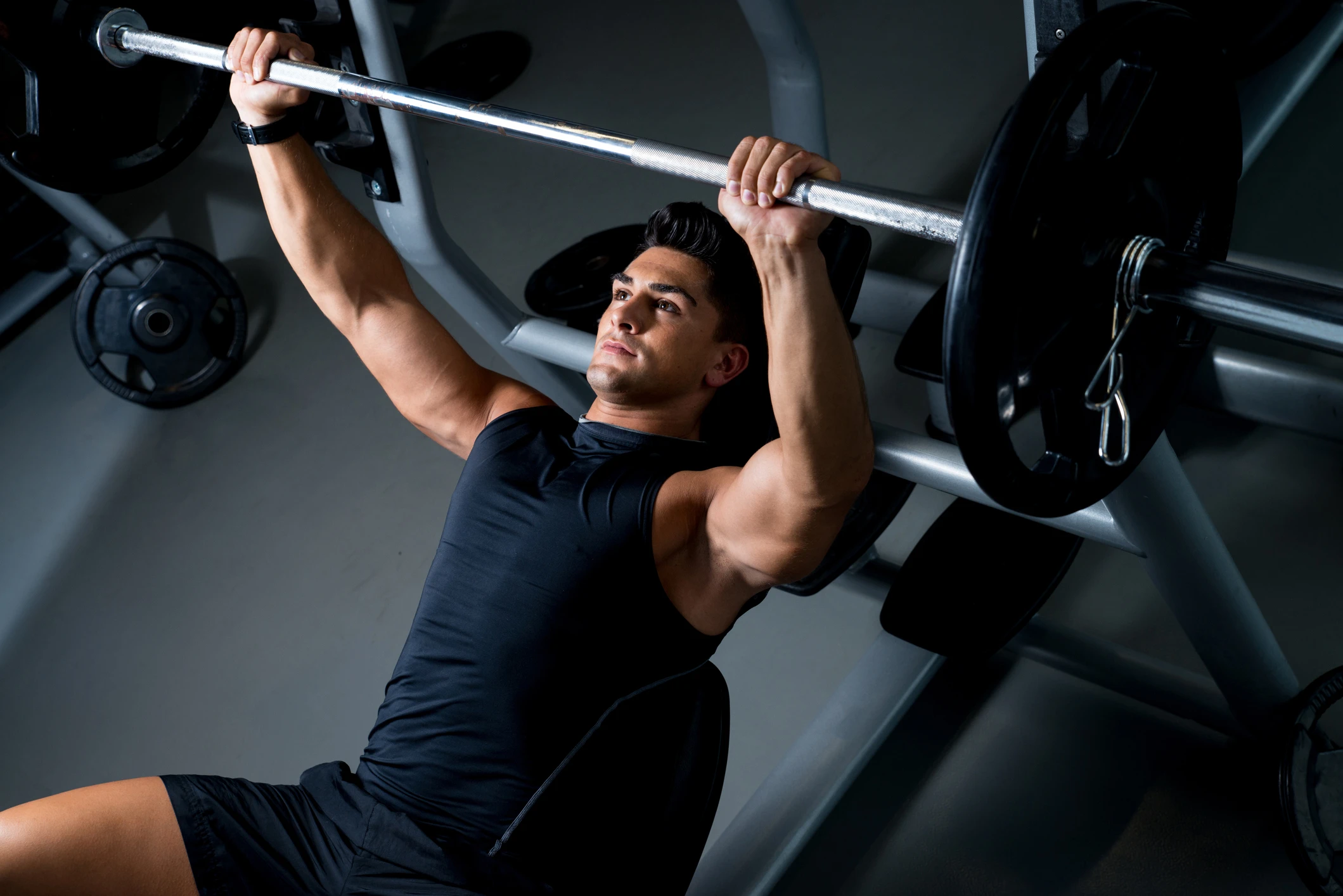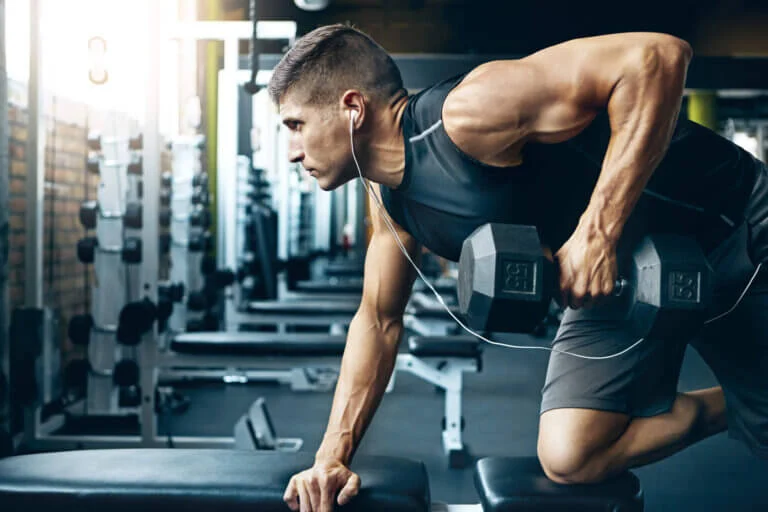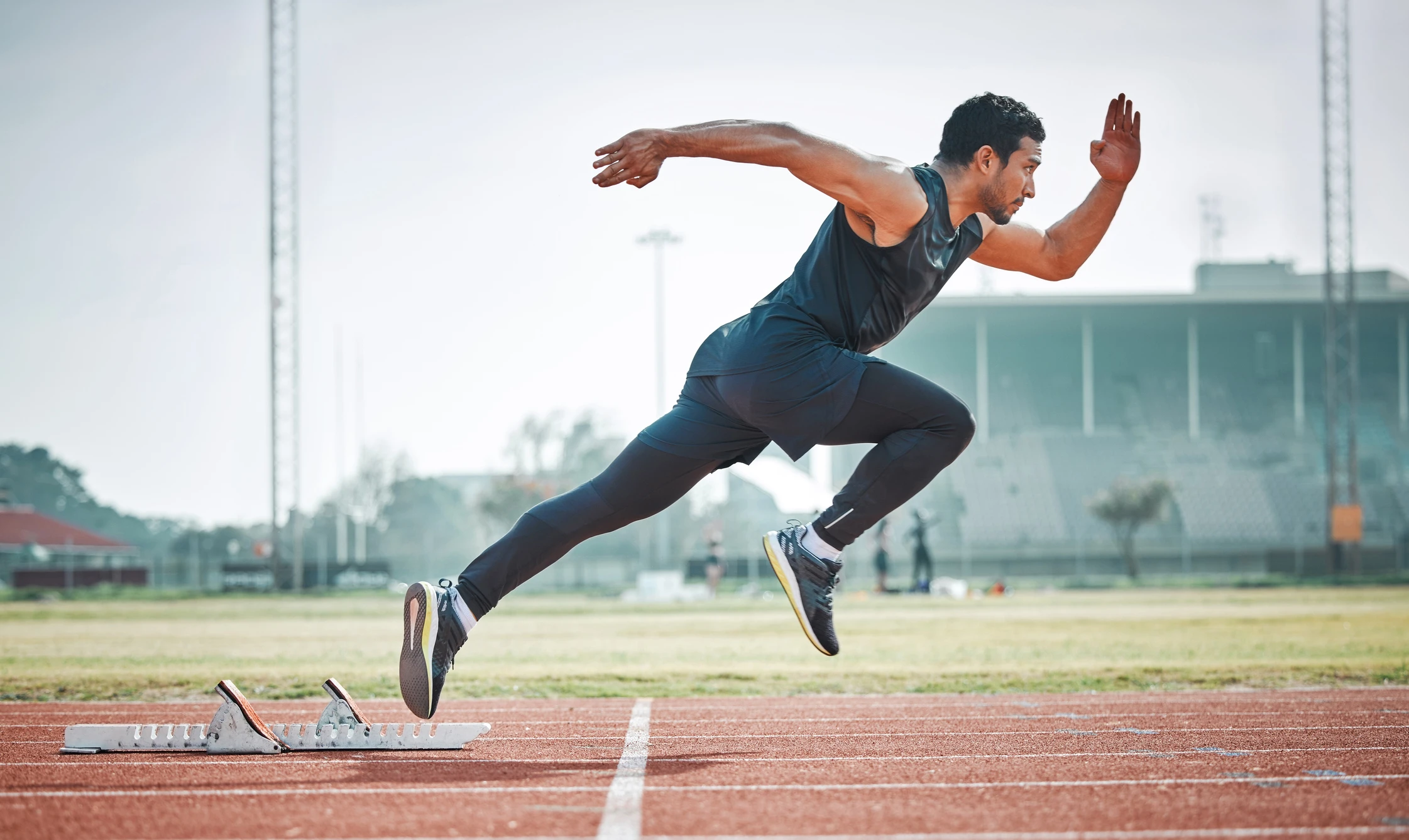
Strength
What are Supersets?
Supersets are a popular form of exercise where you perform two exercises back-to-back with little or no rest in between. They are a great way to switch up your workout routine and challenge your muscles in different ways. If you haven’t tried supersets before, you’re definitely missing out on a great way to boost your fitness game!
1 min read
Published on
January 2, 2024
Written by
EDGE
Share this article
When to Use Supersets
Supersets are a great way to achieve hypertrophy in multiple muscle groups in a short space of time. But saving time isn’t the only reason to do supersets.
They’re great if your gym is busy or if you only have access to one or two pieces of equipment. For example, if you’re only able to use a bench and dumbbells, you can still perform a wide range of exercises by incorporating supersets.
Supersets can also be used to increase the intensity of your workout. By performing two exercises back-to-back, you'll be challenging your muscles more than if you were to perform them separately with rest in between. This can help you break through plateaus and see greater progress in your fitness journey.
It's important to note that supersets are not suitable for everyone. If you're a beginner, it's best to stick to traditional sets and reps until you build up your strength and endurance. It’s probably best to avoid supersets if you have injuries too, as the increased intensity and reduced rest could cause more harm.
How to do Supersets
Supersets are best done when training opposing muscle groups, rather than training the same muscle twice, back-to-back. For example, train biceps and triceps, chest and back, shoulders and legs.
When choosing exercises for your supersets, it's important to consider your fitness goals and the specific muscle groups you want to target. For example, if you're looking to build upper body strength, you might choose to superset bench presses with pull-ups or rows. If you're working on your lower body, you could try pairing squats with Romanian deadlifts.
After you've completed both exercises, take a short rest (around 30 seconds to a minute) before starting the next set. Repeat the superset for as many sets as you'd like, but be sure to listen to your body and stop if you feel overly fatigued or experience any pain.
Supersets can be a great way to challenge yourself and take your workouts to the next level.
Pre and Post-exhaust Supersets
There are two types of supersets: pre-exhaust and post-exhaust supersets.
Pre-exhaust supersets are a type of superset that involve performing a single-joint exercise followed by a multi-joint exercise that works the same muscle group. The idea behind this technique is to fatigue the targeted muscle group with an isolation exercise before moving on to a compound exercise that engages multiple muscle groups. For example, doing a set of leg extensions followed by squats for your quads, or bicep curls followed by rows. This technique is particularly useful if you struggle to feel your muscles working during compound exercises.
Post-exhaust supersets involve performing a multi-joint exercise followed by a single-joint exercise that targets the same muscles. The idea behind this technique is to exhaust the targeted muscle group with a compound exercise before moving on to an isolation exercise that specifically targets that muscle group. For example, doing squats followed by leg extensions. This technique is particularly useful for focusing on a specific muscle group and improving muscle definition.
How Many Reps in a Superset?
How many reps should you be doing in each set to get the most out of your workout?
The answer isn’t so straightforward. It depends on your fitness goals and your current fitness level. For instance, if you're looking to build muscle mass (hypertrophy), then you should aim for a lower rep range of around 8-12 reps per exercise.
If you're looking to improve your muscular endurance and cardiovascular fitness, then you should aim for a higher rep range of around 15-20 reps per exercise. This is because lifting lighter weights with more reps helps to improve your endurance and stamina.
However, the number of reps you do in each superset is not the only factor that determines the effectiveness of your workout. Other factors such as the weight you're lifting, the tempo of your reps (time under tension), and the length of your rest periods between sets also play a crucial role in determining the outcome of your workout.
Examples of Supersets
Here are some examples of supersets you can try in your next workout:
Bicep curls followed by tricep extensions
Bicep curls are a pull movement and tricep extensions are a push movement, making them a great pairing for supersets. By doing these two exercises back-to-back, you'll be able to get a complete arm workout in a short amount of time. The best way to do these as a superset is on a cable machine.
Leg extension followed by overhead press
Training shoulders on a leg day has a lot of benefits, and leg extensions and overhead presses are a great pairing. If your gym has a leg extension machine, you can use dumbbells to quickly switch to overhead press. Alternatively, you can switch between machines.
Bench press followed by rows
If you're looking to build a strong chest and back, then this superset is perfect. The bench press targets your chest muscles while rows work your back. There are a few ways you can do this superset, including free weights and machines.
Deadlifts followed by calf raises
If you want to strengthen your lower body and improve your posture, then this superset is ideal. Deadlifts work your glutes, hamstrings, and lower back, while calf raises target your calf muscles. Doing these exercises together will give you a full lower body workout.
Leg curls followed by leg presses
Leg curls target your hamstrings while leg presses primarily work your quads. By doing these two exercises back-to-back, you'll be able to get a complete leg workout.
Remember to focus on form and proper technique when doing your supersets to avoid injuries and get the most out of your workout. It's also important to start with a weight that you can handle and gradually increase it as you get stronger. Incorporating supersets into your workout routine is a great way to challenge your muscles and reach your fitness goals.
Blood test for
Advanced Testosterone
12 Biomarkers Included
sports doctor review
Results in 2 working days
Flexible subscription
Medically Reviewed

This article has been reviewed by our medical expert
Our expert Dr Thom Phillips works in NHS general practice and has a decade of experience working in both male and female elite sport. He has a background in exercise physiology and has published research into fatigue biomarkers.
Read Next...
Get expert advice to help you improve your results.
Go to our knowledge centerGet 10% off your first order
Want regular tips on how to make the most of your results? Join our newsletter and we'll give you 10% off your order!



